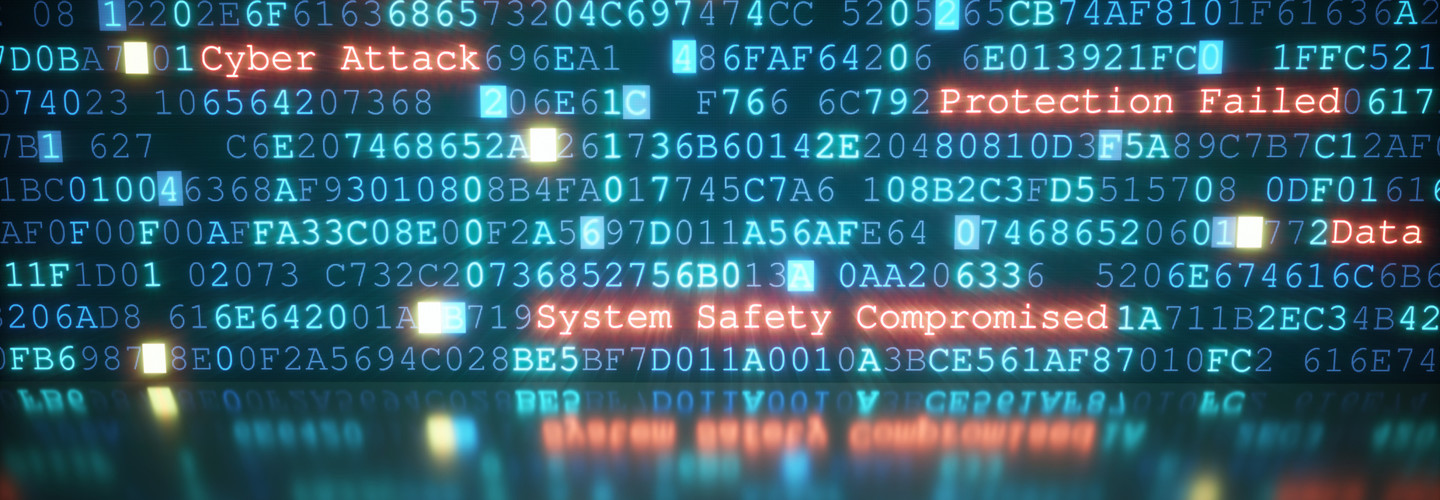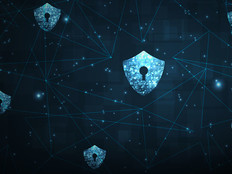The Future of Augmented Reality and Cybersecurity
The potential uses for augmented reality continue to grow, spreading from education and gaming into the world of cybersecurity.
Dr. Josiah Dykstra, a team technical director at the National Security Agency’s Laboratory for Telecommunication Sciences, leads an initiative to develop a prototype of an augmented-reality system that helps security professionals.
“Cybersecurity workers in an operations center have a high cognitive workload, where information comes at them very fast and changes quickly,” Dykstra says. “Our idea is, how can we help them manage this stress and help them with the mental demands of their work?”
Dykstra and his team envision an augmented-reality application that could assist in task processing. An employee could wear an augmented-reality device, such as Google Glass, and be presented with the most pertinent cybersecurity alerts and information immediately. It would help employees, who typically monitor several applications at once, to stay on top of the biggest threats.
Unlike virtual reality, where a user is immersed in a simulation, augmented reality adds data on top of the user’s real-world vision. While the idea of augmented reality dates back more than 50 years, it has gotten more attention in recent years because of the well-publicized release of Google Glass and the Microsoft HoloLens.
Many of the uses to date — at least those shown to media — highlight it as a learning tool. For instance, a person wearing it could get hands on information for changing a pipe in his or her home, but there are seemingly countless applications it can be helpful with.
“This intersection between humans and technology always interested me,” Dykstra says. “When we started out on this project the thought was, how can we help NSA employees work better?”
The concept is similar to the use of data in cars and airplanes. Pilots have been using heads-up displays since the early 1990s, while automobiles continue to innovate with the technology, allowing drivers to keep their eyes on the road.
The concept for Dykstra and his team is the same: Keep employees focused on the most important things, even when something else may distract them. While Dykstra has no hard data, he’s gotten anecdotal proof of the concept from those who work in the field.
“We’re going to continue to develop what a solution will look like, working with the rapid advances in hardware that keep coming,” Dykstra says. “We’ll be able to create more concrete results, including operational tests with real users outside of a lab environment.”
Dykstra said this type of project is one that highlights the work NSA’s Research Directorate does. While many of the projects fall under the classified domain, the goal is to improve how technology and humans can work together.
For more about Dykstra and his work make sure to check out his new book, Essential Cybersecurity Science: Build, Test, and Evaluate Secure Systems.







